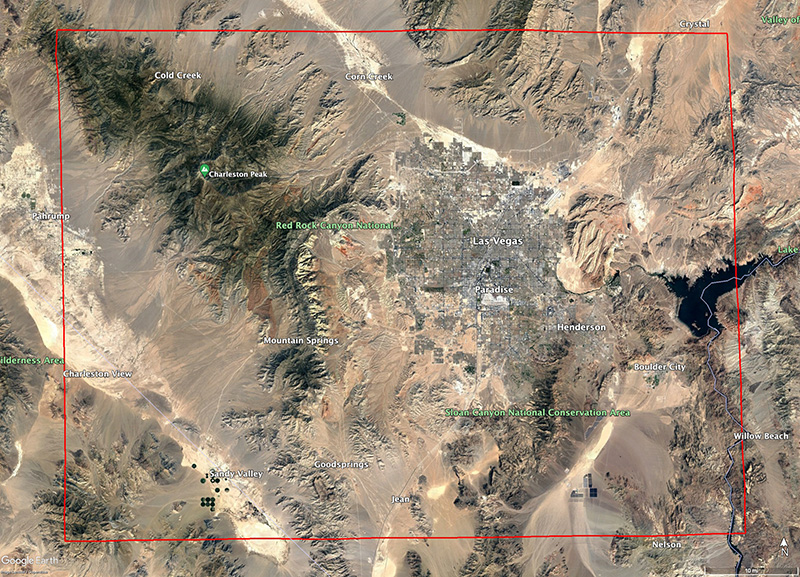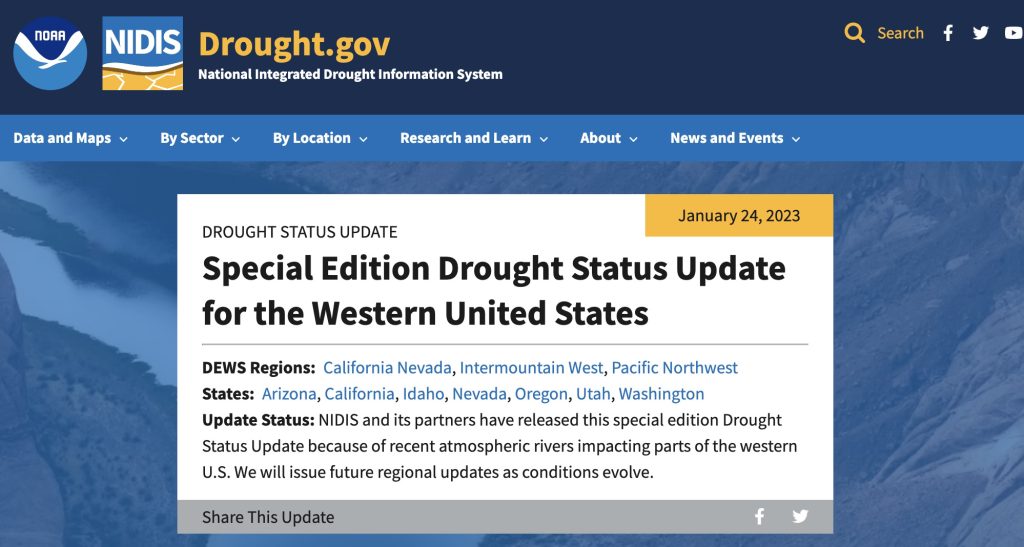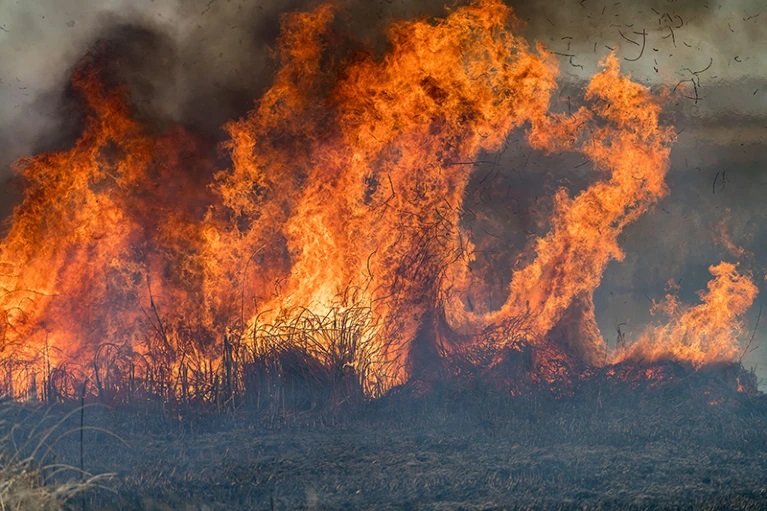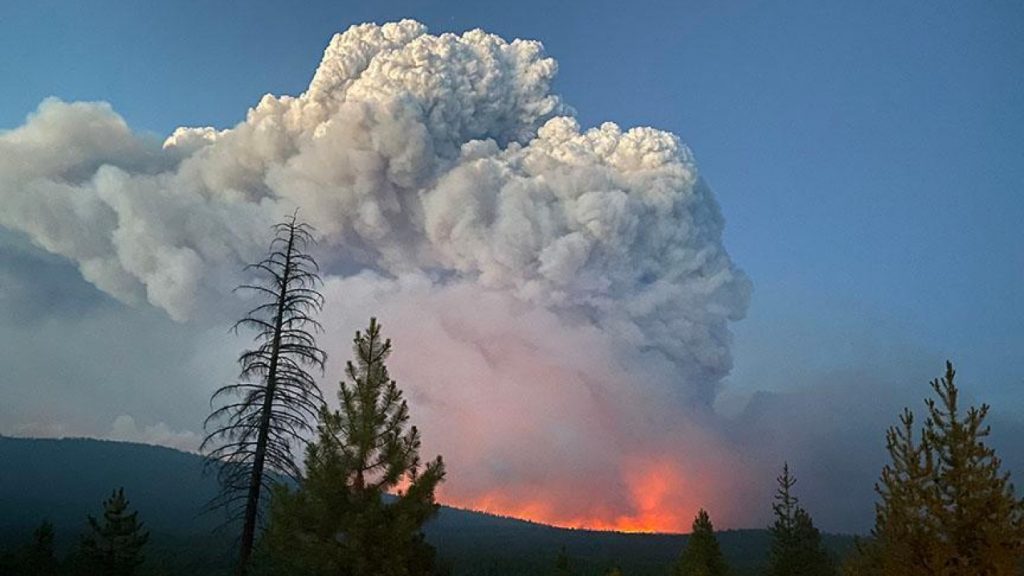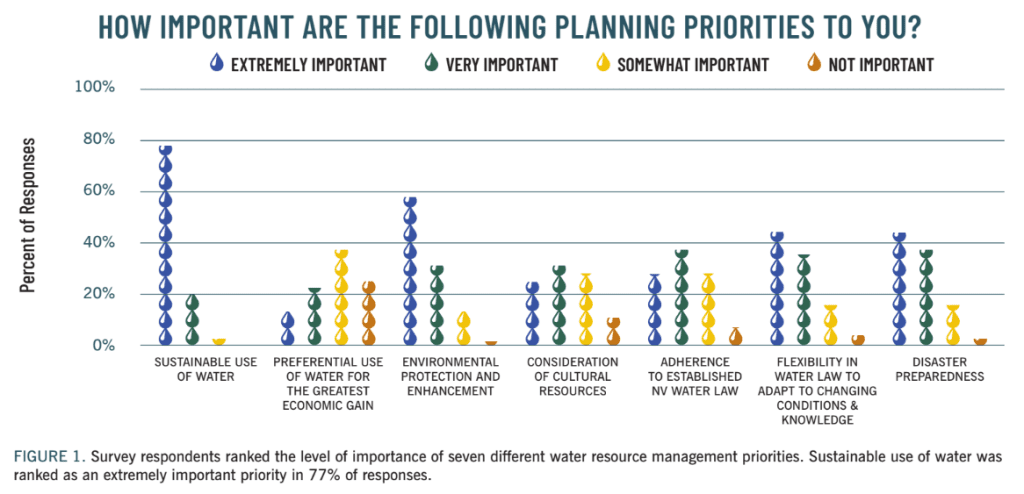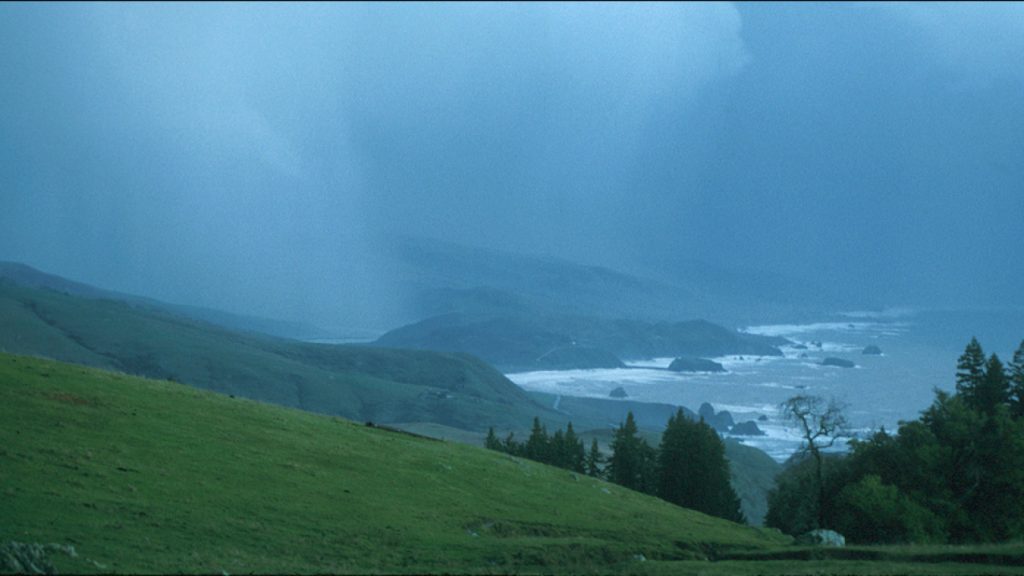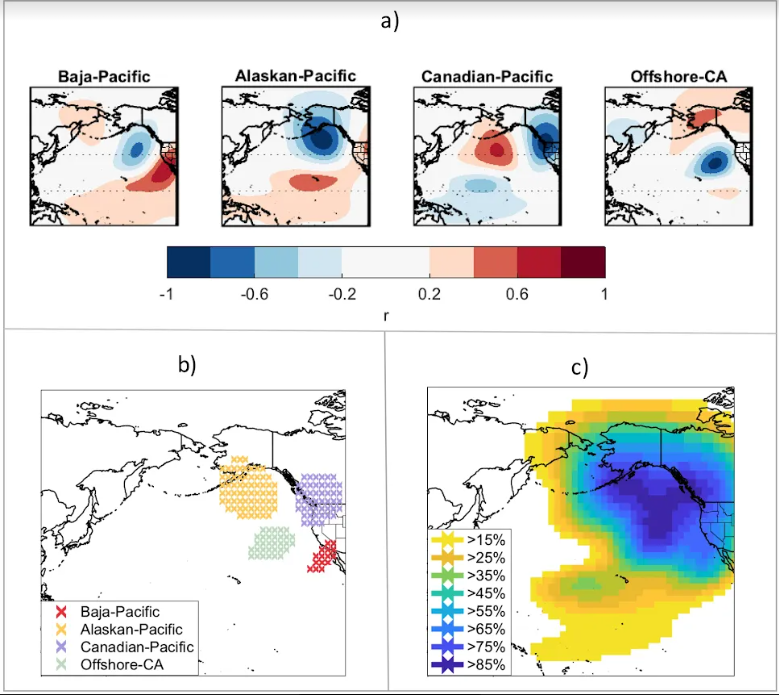Ten tasks of communication amidst a societal transformation
Climate Adaptation Partnerships team member developed key tasks that engagement strategies must accomplish to support the relocation of communities at risk of climate disaster.
Ten tasks of communication amidst a societal transformation Read More »



